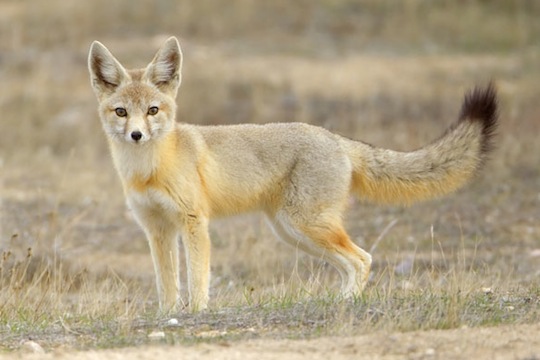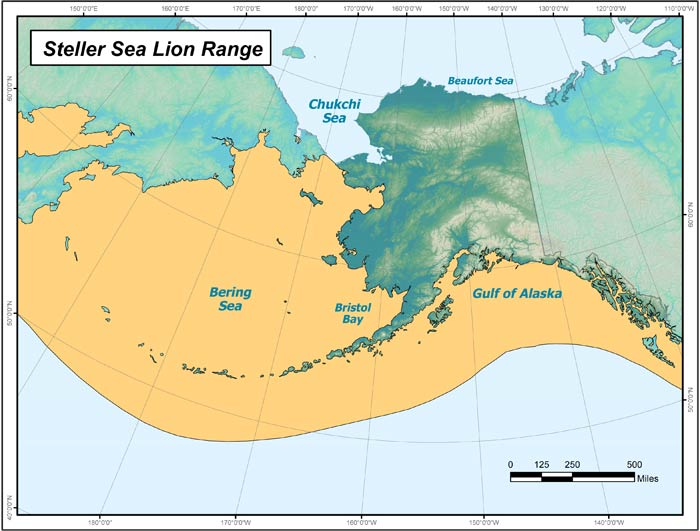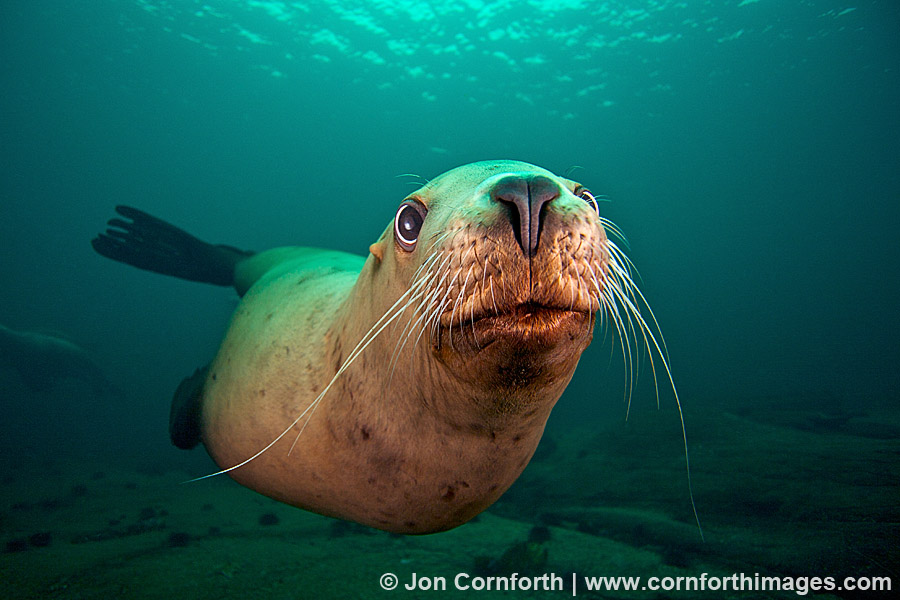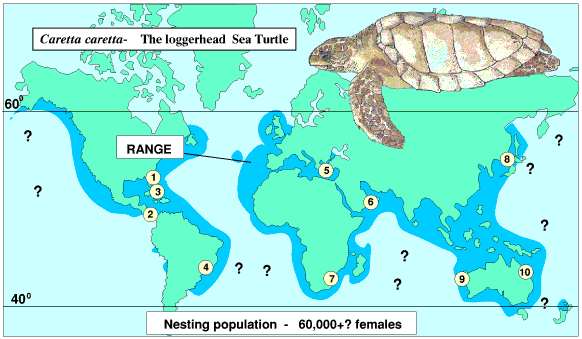Florida Panther
 The Florida Panther is
one of the 32 different subspecies of Cougar and is the only remaining
subspecies on the East Coast. The Florida Panther is an endangered big cat
species that can have males weighing between 100-159 pounds. They have tan
colored fur with a white belly along with black spots on the end of its tail
and ears. It currently only lives in the swamps and forests of South Florida
even though it used to occupy areas throughout the Gulf Coast extending into
Arkansas and parts of Tennessee and South Carolina.
The Florida Panther is
one of the 32 different subspecies of Cougar and is the only remaining
subspecies on the East Coast. The Florida Panther is an endangered big cat
species that can have males weighing between 100-159 pounds. They have tan
colored fur with a white belly along with black spots on the end of its tail
and ears. It currently only lives in the swamps and forests of South Florida
even though it used to occupy areas throughout the Gulf Coast extending into
Arkansas and parts of Tennessee and South Carolina.
(picture from The
New York Times)
 One of the main
reasons for this species decline was that a bounty was put on them in 1832
because they were seen as a threat to humans and livestock, which lead to the
killings of thousands of panthers. This, coupled with habitat loss has lead to
the dwindling numbers of wild Florida Panther and has caused them to become
endangered.
One of the main
reasons for this species decline was that a bounty was put on them in 1832
because they were seen as a threat to humans and livestock, which lead to the
killings of thousands of panthers. This, coupled with habitat loss has lead to
the dwindling numbers of wild Florida Panther and has caused them to become
endangered.
The main threats
to the survival of the Panther today are mostly all associated with habitat
loss and how little land they have to survive on. Since they do not have that
much habitat, there is not enough land for their population to grow back to a
healthy, sustainable level. A male panther can have territorial claims for 200 square
miles and a female for 75 square miles so they need a lot of land to sustain a
healthy population. Since there population is so small (only 100-160) left they
are losing genetic diversity from inbreeding, resulting in a loss of fitness in
Florida Panthers (picture from http://intra.burltwpsch.org/).
This makes them more susceptible to diseases such as feline leukemia virus
which is almost always fatal and causes the panthers to have poorer health
overall. Even collisions with cars are a major problem for the panthers, which
killed 20 panthers in 2014. When there population is just over 100 panthers,
losing just one panther is bad, let alone twenty. However there is hope for the
Florida Panther because there are plans to increase their population and get
them off the endangered species list.
Since Panthers
need so much land, the main goal of the restoration plan is to “maintain,
restore, and expand the panther population and its habitat in south Florida”. This
will be done by expanding the panther population north of the Caloosahatchee
and by reestablishing viable panther populations outside of Florida by finding
habitat that is suitable for a panther population to be introduced. To help the
panthers with their loss of genetic diversity, a genetic restoration program
was established.(http://www.fws.gov/southeast/news/2008/images/FloridaPantherGenet98A5BCF.pdf)
Since, the Florida Panther used to be able to breed with other subspecies of
cougar, there lack of contact with other subspecies today has led to inbreeding
and a loss of genetic diversity. To fix this, people reintroduced 8 female
Texas Panthers, which are the closest subspecies to the Florida Panther, into
South Florida. These females mated with the local panther population and
created many offspring, which tripled the panther Florida Panther Population as
a whole. This has helped with the loss of genetic diversity due to a small
breeding population and has increased the health of the Florida Panther
population. 

(warriorcatsrpg.com)
The Florida
panther will also be left on the endangered species list until there are three,
self-sustaining populations of 240 panthers for at least twelve years in a row.
If everything goes as planned and there are no speed bumps in the restoration
process, then the Florida Panther could be moved from endangered to threatened
in 30 years and completely delisted in 45 years.
Works Cited
"Basic Facts About Florida
Panthers." Defenders of Wildlife. Charity Navigator, 21
Mar. 2012. Web.
2015.
"Florida Panther."
National Wildlife Federation. Wildlife and Nature, March 3, 2015
The Florida Panther Recovery Team.
"Third Revision of the Florida Panther
Recovery
Plan." Environmental Conservation Online System. US Fish and Wildlife
Service, 17 Dec. 1981. Web.


















_2.jpg)


